NWACA has been invited to participate in the CIC conference here in Seattle on April 17th from
1:55 ‐ 2:25pm. We would love to have you join us at the Double tree in SeaTac. Click HERE for
the daily schedule, click HERE for CIC event info.
“Local Solutions for a National Problem” “Local collision repair shop owners and educators will
discuss solutions they are implementing to help improve their ability to recruit, train, and retain
talent including the Collision Training Expo (CTE) and Professional Automotive Virtual Education
(PAVE) events”
Mitchell International said the company’s cloud estimating system will now allow users to set
up at the profile level their own default settings for clear coat, three-stage, two-tone, blend,
finish sand and buff, de-nib and finesse, and refinish adjustments. Mitchell becomes the third of
the Big 3 estimating system providers to provide greater flexibility to users on establishing
blend times that differ from the default 50% of full refinish. The Society of Collision Repair
Specialists (SCRS) has been among those calling on the information providers for a blend
formula change since the association conducted a study in 2022 that showed blending takes
more time than a complete panel refinish.
The Collision Industry Conference (CIC) committee shared examples of 26 vehicles for which
significant repair problems were found during post-repair inspections around the country.
What it found was that 90% of those vehicles were deemed a total loss, and half of them had
structural damage that had not been addressed. The post-repair inspections were typically
prompted by the vehicle owner noticing fit and finish problems. The panel detailed multiple
case studies showing vehicles not only missing advanced driver assistance systems (ADAS)
calibrations (they weren’t listed on the final bill from the initial repair, so they were assumed
not to have been done for free) but with structural damage significant enough to not only
prevent an accurate ADAS calibration but that would cause poor handling and tire wear. In the
case of a Subaru post-repair inspection case study, they found there were no calibrations of the
EyeSight camera or blind spot monitoring sensors. And there were no inspections of the
seatbelts, airbags, steering column, or steering rack, as required by Subaru. Fewer than 30% of
the vehicles studied had any post-repair calibration performed.




